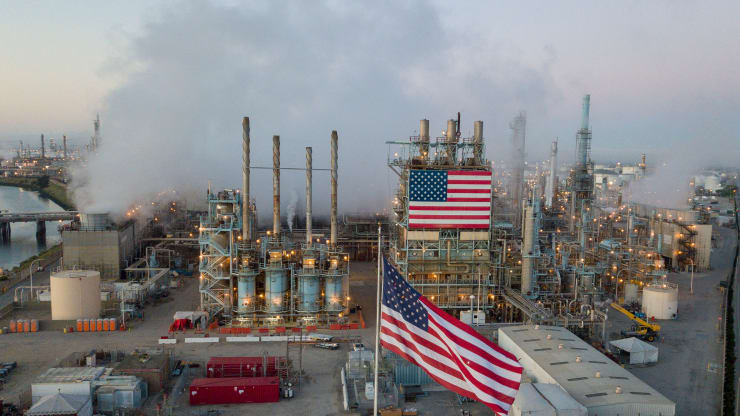Economy
US Raises Interest Rates by Another 75 Basis Points

The U.S. Federal Reserve has raised interest rates by another 75 basis points following a 25 basis points increase in March to curtail the rising inflation rate and rein in escalating prices.
U.S. inflation rate rose to 8.6% in May, its highest in 40 years. The increase was a result of global uncertainty caused by Russia’s invasion of Ukraine and the supply disruption caused by the Covid-19 lockdown in China, the Fed stated in its press release obtained by Investors King.
The Fed, however, said the economy has rebounded from the first quarter decline with new job creation on the rise and the unemployment rate low. But noted that the increase in inflation rate in recent months was due to ‘supply and demand imbalances related to the pandemic, higher energy prices, and broader price pressures.’
However, because the committee seeks to achieve maximum employment and inflation at the rate of 2 percent over the longer run, it agreed to raise the federal funds rate to 1‑1/2 to 1-3/4 percent and anticipates that ongoing increases in the target range will be appropriate.
The committee further stated it will continue to reduce its holdings of Treasury securities and agency debt and agency mortgage-backed securities as described in the Plans for Reducing the Size of the Federal Reserve’s Balance Sheet that was issued in May.
“Clearly, today’s 75 basis point increase is an unusually large one, and I do not expect moves of this size to be common,” Powell said. He added, though, that he expects the July meeting to see an increase of 50 or 75 basis points. He said decisions will be made “meeting by meeting” and the Fed will “continue to communicate our intentions as clearly as we can.”
“We want to see progress. Inflation can’t go down until it flattens out,” Powell said. “If we don’t see progress … that could cause us to react. Soon enough, we will be seeing some progress.”